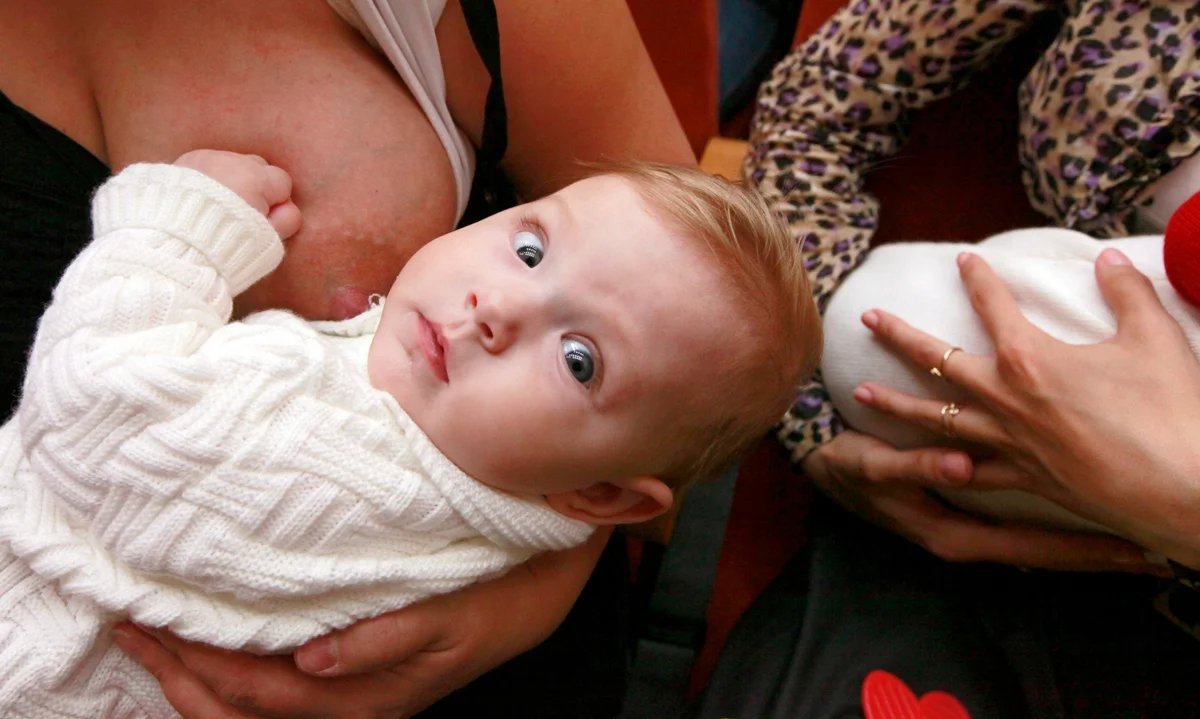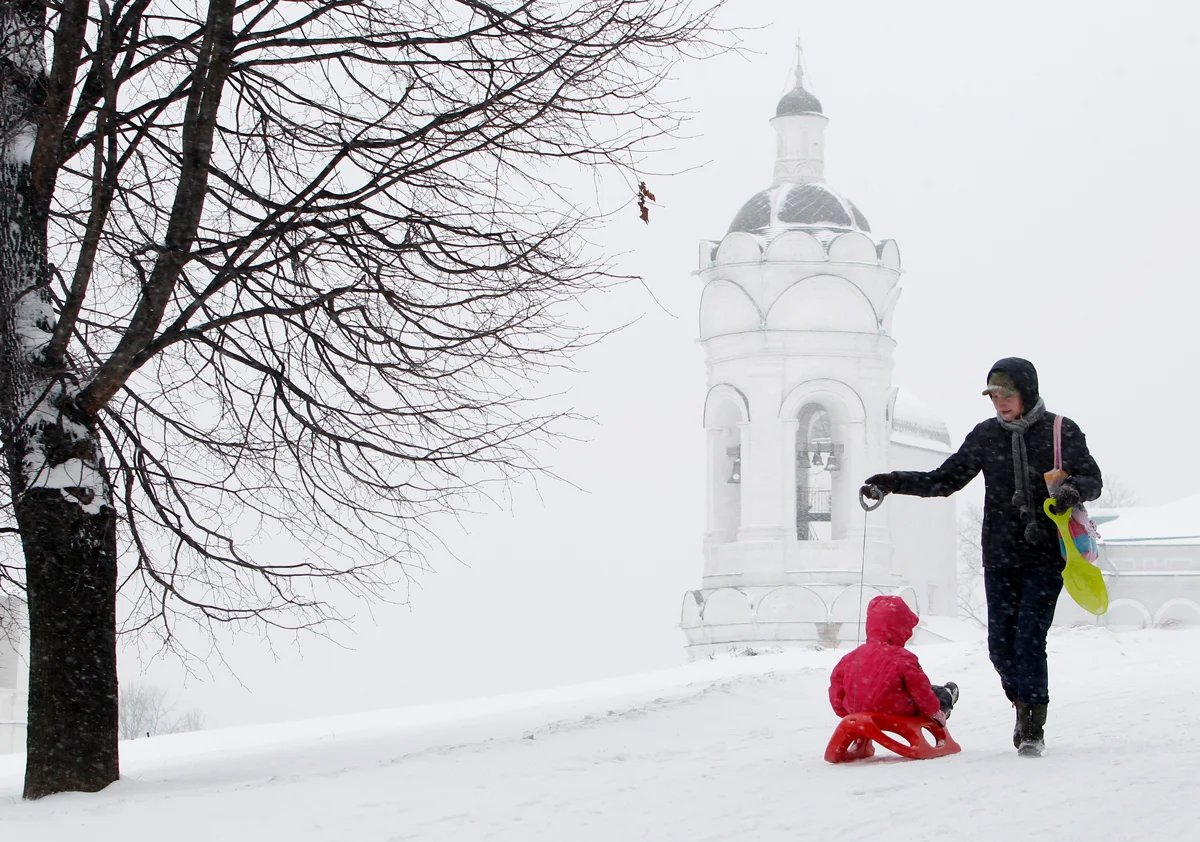The increasing popularity of “childfree” lifestyles in Russia has raised conservative hackles in a country that has long been facing a demographic crisis, and from which as many as 1 million people are believed to have emigrated since the war in Ukraine began. Can recent calls to ban the so-called child-free movement really be a sign that the authorities now have those who decide not to have children in their sights?
Parliamentary hysterics
In early June, Sultan Khamzaev, a member of Russia’s State Duma representing the ruling United Russia party, called on the Justice Ministry to ban the so-called “child-free movement.” Khazmaev, who already has form proposing controversial legislation despite only getting elected to Russia’s lower house of parliament in 2021, acknowledged that while a unified child-free movement didn’t exist, a threat to Russian society was being posed by “disparate grant-funded organisations bent on destroying family values”, without specifying who they were or how he intended to curtail their activities.
Khamzaev’s attempt to ban organisations making the case for couples not to have children, wasn’t actually the first of its kind, though. In September 2022, State Duma Deputies Elvira Aitkulova and Rimma Utyasheva sought to ban not just the child-free movement, but the ideology itself and its promotion to minors. However, the bill was widely criticised and was twice sent back for revision before finally being abandoned following criticism from the head of the Russian Orthodox Church, who argued that it would effectively ban the sharing of information about monastic lifestyles, for which chastity is a prerequisite.
The concept of a couple being childless by choice is a relatively new one in Russia, only gaining traction in the media and online over the past two decades. Since then, however, the term childfree has become widely recognised and increasingly vilified by public figures, who have consistently attempted to paint the “movement” as one aimed at further exacerbating Russia’s demographic crisis.

Photo: Ilya Naymushin / Reuters / Scanpix / LETA
Population control
Not only do many couples in contemporary Russia not want children, according to research by the country’s National Agency for Financial Research in 2020, even if they do, in many cases they would be unable to afford them.
The study showed that 46% of respondents aged 18 to 45 cited their “unstable financial situation” or their “lack of desire” as the reasons they did not intend to have children, though researchers stressed that respondents’ ultimate reproductive choices could not accurately be assessed until they had passed child-bearing age.
“The birth rate in Russia is constantly falling, and many demographers agree that there’s no way to radically increase it.”
According to Olga Isupova, an independent sociologist studying the child-free phenomenon in Russia, only about 12-14% of those who said they didn’t intend to have children ultimately remained childless, only a third of whom did so by choice.
Isupova is keen to point out the inherent difficulties in conducting accurate research into the phenomenon due to Russia’s current political climate, and cites recent campaigns against both abortion rights and the LGBT community as examples of the Kremlin’s attempt to reverse Russia’s alarming population decline.
“Such is the case with the abortion ban, which has so far led nowhere … Then they try to ban something else, for example, LGBT. … but bans will not raise the birth rate,” Isupova argues. “The birth rate in Russia is constantly falling, and many demographers agree that there’s no way to radically increase it.”

Photo: Denis Sinyakov / Reuters / Scanpix / LETA
Making ends meet
While the number of people embracing child-free lifestyles in Russia is significant, directly attributing their popularity to Russia’s enduring demographic crisis doesn’t capture the bigger picture. Russia’s consistently low birth rates are directly influenced by economic and political factors, such as economic uncertainty and war, both of which have been constants in 21st century Russia.
Having children entails enormous expenses that government benefits and subsidies cannot cover. “In the modern world, the attractiveness of having children is constantly declining, and the war only amplifies that effect,” Isupova explains. “It simply contradicts rational thinking. Ideology has nothing to do with it.”
Parenthood is now viewed more as a multi-decade super-project that demands a massive investment of time, money and effort.
Isupova believes that Russia and Europe are now in similar positions in terms of how parenthood is viewed, child-centric societies in which having children is no longer viewed as a necessary investment to safeguard the parents’ future and ensure care in old age, but rather as a multi-decade super-project that demands a massive investment of time, money and effort.
Beyond Europe, there are other developed countries which have seen a significant growth in the number of people who choose to be childfree. South Korea, for example, has one of the lowest birth rates in the world, with the average number of children per woman in 2021 was just 0.8. Despite South Korea’s very progressive pro-family policy, the strenuous expectations of a highly work-oriented society and its widely-held belief in traditional values has led many women to avoid marriage. A sharp conservative turn may lead Russia to the same situation.
Join us in rebuilding Novaya Gazeta Europe
The Russian government has banned independent media. We were forced to leave our country in order to keep doing our job, telling our readers about what is going on Russia, Ukraine and Europe.
We will continue fighting against warfare and dictatorship. We believe that freedom of speech is the most efficient antidote against tyranny. Support us financially to help us fight for peace and freedom.
By clicking the Support button, you agree to the processing of your personal data.
To cancel a regular donation, please write to [email protected]

